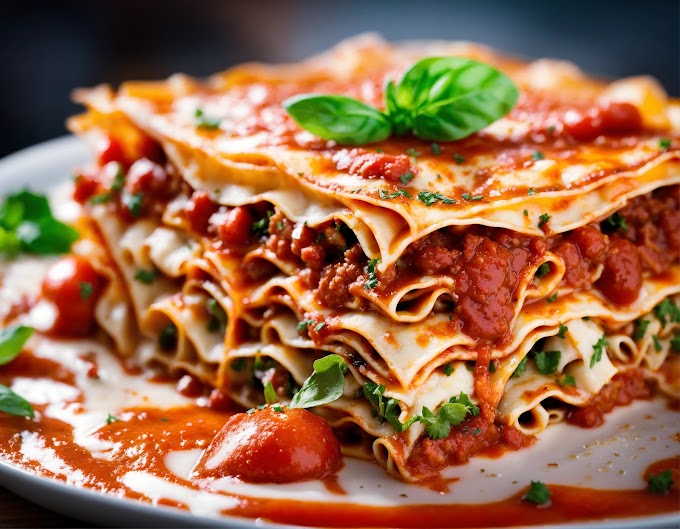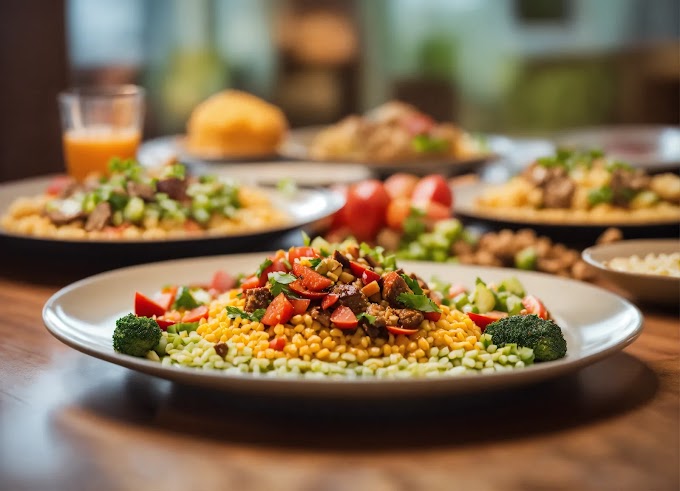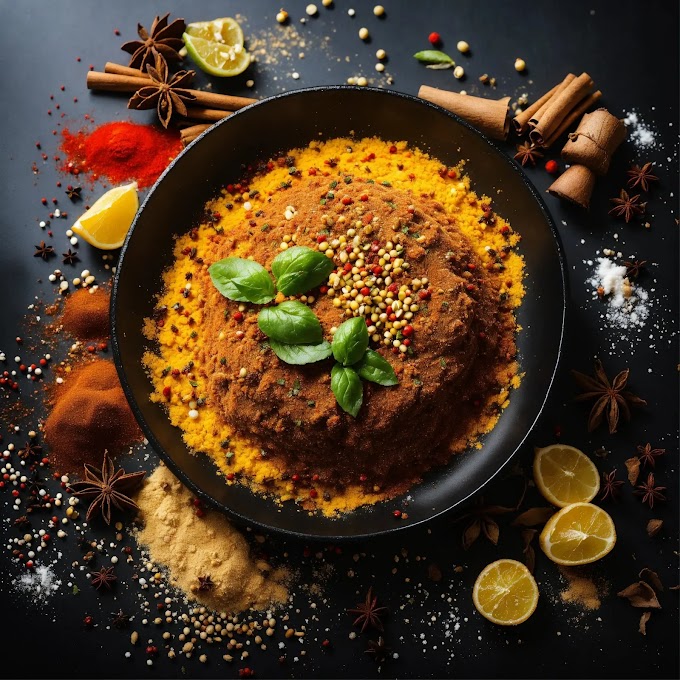Introduction:
Hummingbirds, with their iridescent plumage and agile movements, are enchanting visitors that bring joy to any garden. Attracting these tiny wonders is not only a delight for nature enthusiasts but also an opportunity to contribute to the well-being of these fascinating creatures. In this blog post, we'll explore the art of creating homemade hummingbird food, ensuring your garden becomes a haven for these aerial acrobats.
Ingredients: A Sweet Symphony for Hummingbirds
Creating hummingbird food requires only a couple of simple ingredients, and it's essential to replicate the natural sweetness they find in flower nectar. The key components are granulated sugar and water, offering a solution that mirrors the sweetness of flowers without the use of artificial additives or dyes.
Crafting Hummingbird Food: A Simple Recipe
Ingredients: Omitted for conciseness
Prepare the Sugar Solution:
In a saucepan, combine water and granulated sugar in a 4:1 ratio (four parts water to one part sugar). For example, use 1 cup of sugar for every 4 cups of water.
Heat the mixture over medium heat, stirring until the sugar dissolves completely. Allow it to cool.
Fill the Feeder:
Once the sugar solution has cooled, fill your hummingbird feeder. It's crucial to keep the feeder clean to prevent mold or bacteria growth.
Hang and Enjoy:
Hang the feeder in a visible and accessible location, preferably near flowers or in areas where hummingbirds are likely to visit.
Clean and refill the feeder regularly, especially in hot weather, to maintain the freshness of the nectar.
Tips for Success: Ensuring a Safe and Nourishing Haven
No Coloring Needed: Avoid adding red food coloring to the nectar, as it can be harmful to hummingbirds. The natural color of the feeder will attract them.
Regular Cleaning: Clean the feeder thoroughly every 3-4 days, even if there's still nectar left. This prevents the growth of harmful mold or bacteria.
Seasonal Adjustments: In hotter weather, consider changing the nectar more frequently to prevent fermentation. In cooler weather, a weekly cleaning may suffice.
Conclusion: A Haven for Hummingbirds
In conclusion, creating homemade hummingbird food is a simple yet rewarding endeavor that invites these delightful creatures into your garden. By providing a nourishing and safe source of nectar, you contribute to the well-being of hummingbirds while enjoying the mesmerizing spectacle they bring. Follow these guidelines, savor the magic of hummingbirds in your backyard, and relish the joy that comes with being a gracious host to these captivating, feathered visitors.
Frequently Asked Questions (FAQs)
Can I use honey or artificial sweeteners in hummingbird food?
A: It's recommended to stick to granulated sugar, as honey can promote fungal growth, and artificial sweeteners lack the necessary calories for hummingbirds.
How do I deal with bees at the hummingbird feeder?
A: Opt for feeders with bee guards or choose a saucer-style feeder with ports that are accessible only to hummingbirds. Placing the feeder in a shaded area may also help reduce bee activity.
Do I need to boil the water for hummingbird food?
A: Boiling water is recommended to help dissolve the sugar completely and prevent the growth of harmful microorganisms. Allow the solution to cool before filling the feeder.
Why isn't my hummingbird feeder attracting birds?
A: Ensure the feeder is clean, the nectar is fresh, and the feeder is placed in a visible and safe location. It may take time for hummingbirds to discover and frequent the feeder.











Thank you for comments